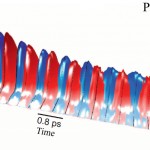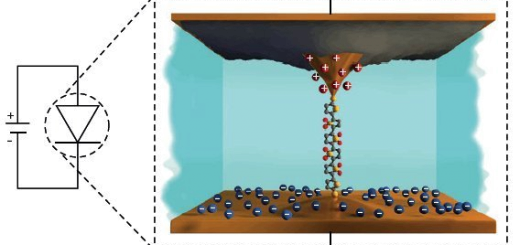Polarization Shaping of Poincaré Beams by Polariton Oscillations
 Article: published in Light: Science & Applications by David Colas, E. del Valle, and F. P. Laussy Department of Theoretical Condensed Matter Physics and IFIMAC researchers.
Article: published in Light: Science & Applications by David Colas, E. del Valle, and F. P. Laussy Department of Theoretical Condensed Matter Physics and IFIMAC researchers.
The polarization of light is a powerful degree of freedom for advanced optical applications. Its control is therefore important for many important technologies. So far, the main approaches have been i) to let the polarization vary spatially, with so-called “full Poincaré” beams when all the states of polarization are provided, and ii) to let the polarization vary temporally, with light “visiting” different parts of the Poincaré sphere through a so-called polarization shaping. These types of beams have been used notably in spectroscopy, targeting molecules sensible to only some type of polarization, or in laser micro-processing, sub wavelength localization, etc.
Here, we propose theoretically and demonstrate experimentally a new mechanism that brings together these two types of polarization control, namely, we realize full-Poincaré beams in time, with a device that emits pulse taking all the states of polarization in each pulse within a range of 10 picoseconds.
The principle is based on the interaction between light and matter present in semiconductor microcavities and exhibiting so-called Rabi oscillations, of which we have recently demonstrated an accurate control [Phys. Rev. Lett., 113:226401, 2014.].
Both classical (normal mode coupling) and quantum regimes can be obtained. This principle can be extended to other platforms and with different timescales thanks to the universality of the Rabi oscillations phenomenon.
This new type of light [http://www.ifimac.uam.es/two-new-kinds-of-light] should be of a general interest for a large scope of domains that rely on polarized light. [Full article]


















